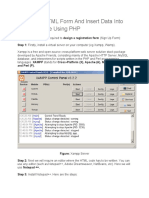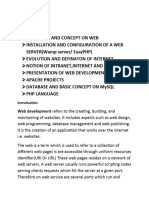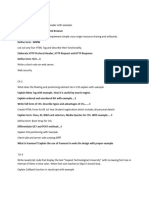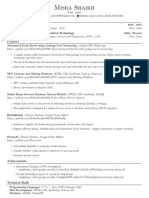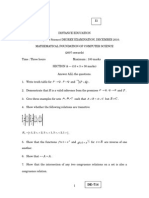0% found this document useful (0 votes)
30 views32 pagesWeb Technology Lab
The document outlines the development of web applications using various technologies, including server-client programming with Python sockets, HTML, CSS, JavaScript, and PHP. It provides examples of basic and advanced web applications, including user input handling, database management, and CRUD operations. Additionally, it emphasizes best practices for security and deployment considerations for web service applications.
Uploaded by
stranger17ytCopyright
© © All Rights Reserved
We take content rights seriously. If you suspect this is your content, claim it here.
Available Formats
Download as DOCX, PDF, TXT or read online on Scribd
0% found this document useful (0 votes)
30 views32 pagesWeb Technology Lab
The document outlines the development of web applications using various technologies, including server-client programming with Python sockets, HTML, CSS, JavaScript, and PHP. It provides examples of basic and advanced web applications, including user input handling, database management, and CRUD operations. Additionally, it emphasizes best practices for security and deployment considerations for web service applications.
Uploaded by
stranger17ytCopyright
© © All Rights Reserved
We take content rights seriously. If you suspect this is your content, claim it here.
Available Formats
Download as DOCX, PDF, TXT or read online on Scribd
/ 32








